Blog
The birds were hungry too: the art of Holocaust survivor Olga Horak OAM

June 25, 2024
Olga Horak OAM is one of Australia’s most prominent Holocaust survivors. For over three decades, her powerful words have inspired countless visitors to our Museum. Yet, many are unaware of another profound aspect of Olga’s life—her art.
The diary of Harold Collins: “I have seen dead men laying about by the 100”
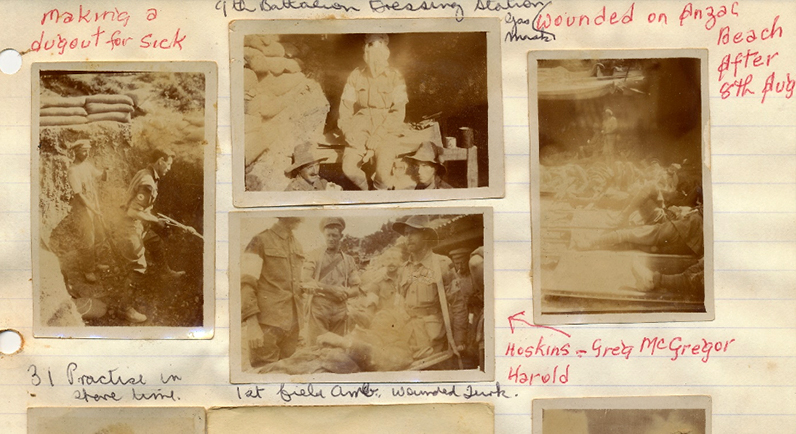
April 15, 2024
In the lead-up to Anzac Day, we dive into the diary of Jewish Australian soldier in the First World War, Harold Collins to learn more about his war-time experiences.
The hidden ink sketches of Chaim Uryson

March 9, 2024
The hidden ink sketches of Chaim Uryson These sketches in our collection were done by Polish Jewish artist Chaim Uryson (1905-1943). They were donated to the Sydney Jewish Museum by …
The Maccabean Hall: Jack Meister’s second home

October 5, 2023
Many years before it held our Museum, our Darlinghurst building was home to the Maccabean Hall: a Jewish community centre, crucial to rehabilitating and integrating Holocaust survivor refugees in the late 1940s and early 1950s. Holocaust survivor, Jack Meister explores what the building means to him.
An Egyptian Rosh Hashana Seder
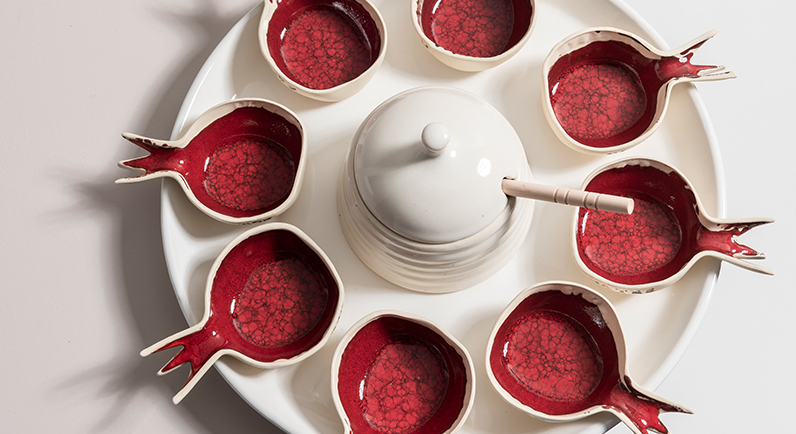
September 1, 2023
The festival of Rosh Hashana is both a joyous celebration and the start of a period of ten days during which observant Jewish people engage in profound introspection and prayer. Museum volunteer Racheline Barda recalls what the Jewish new year traditions were in her household in Egypt growing up.
A year in the life of our Youth Committee

August 23, 2023
Want to know what it’s like being part of our Youth Committee, a vibrant community of young people who are eager to make a difference? In this blog, our members explore why they joined the Youth Committee, and some of their highlights from their past year.
Refugee Week: An interview with Holocaust survivor Peter Halas

June 19, 2023
Refugee Week: An interview with Holocaust survivor Peter Halas On Refugee Week we share an interview with Holocaust survivor and founder of Seafolly, Peter Halas. Peter shares what made him …
The people behind the technology

May 17, 2023
For an initiative based on artificial intelligence, humans have been at the core of every phase of our cutting-edge AI project right from the beginning: from the survivors who sat down to answer 1,000 questions, to the museum staff who work with this technology every day, and the visitors who have personal interactions with it.
A survivor, an artist and a mystic
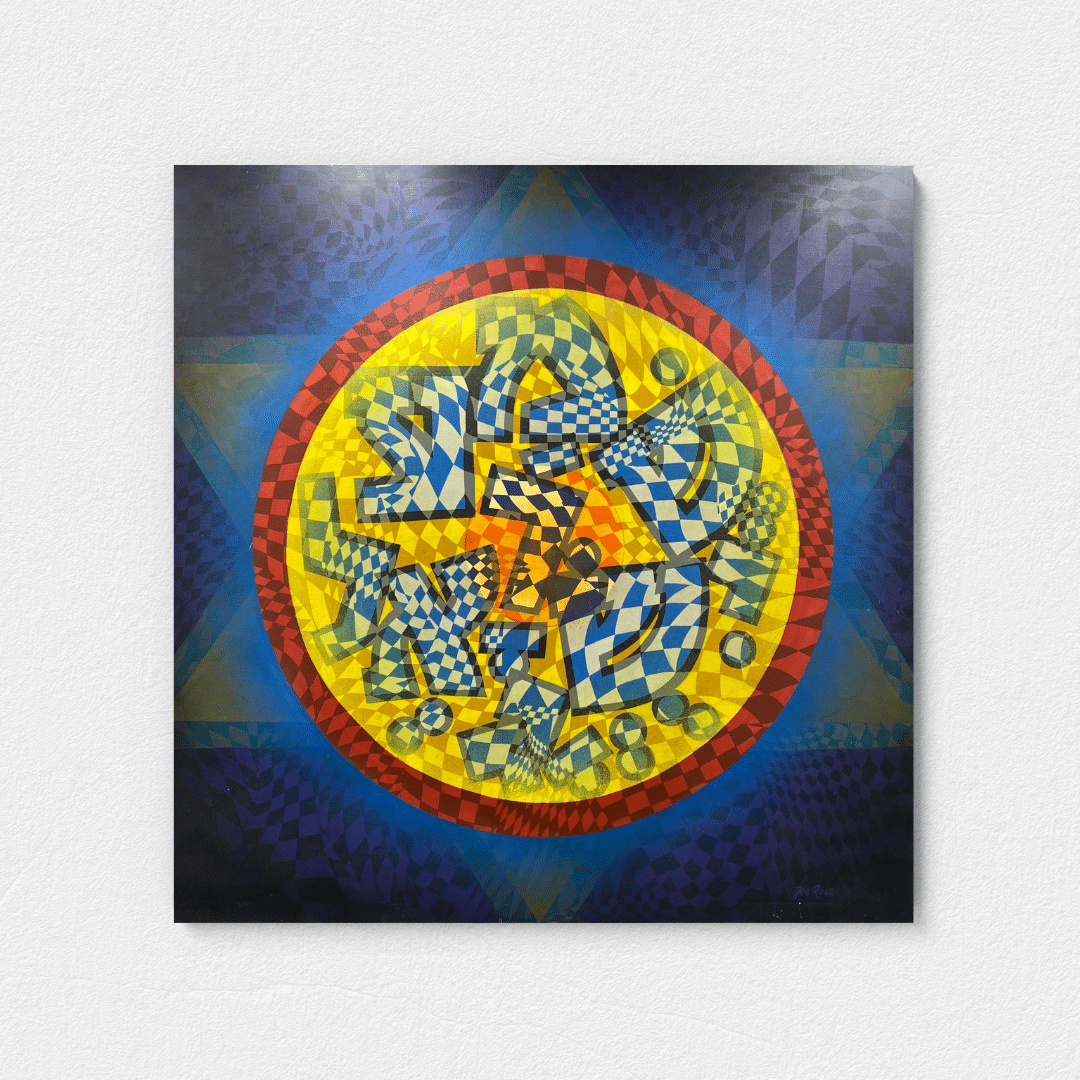
May 8, 2023
This untitled and undated artwork in our collection, likely from the 1970s, is marked by its swirling Hebrew letters and primary colours. The artist was a Holocaust survivor named Joe Rose who came to Australia after escaping to England. Senior Curator Roslyn Sugarman shares its unique story.
Unpacking the past

April 19, 2023
Learn about our incredible new Migration Stories: Arrival Forever primary school program, aimed at students in Years 5 and 6, that shines a light on the experiences of the Holocaust survivors who made new lives in Sydney after the war.
4 lessons you can learn today from Holocaust survivors
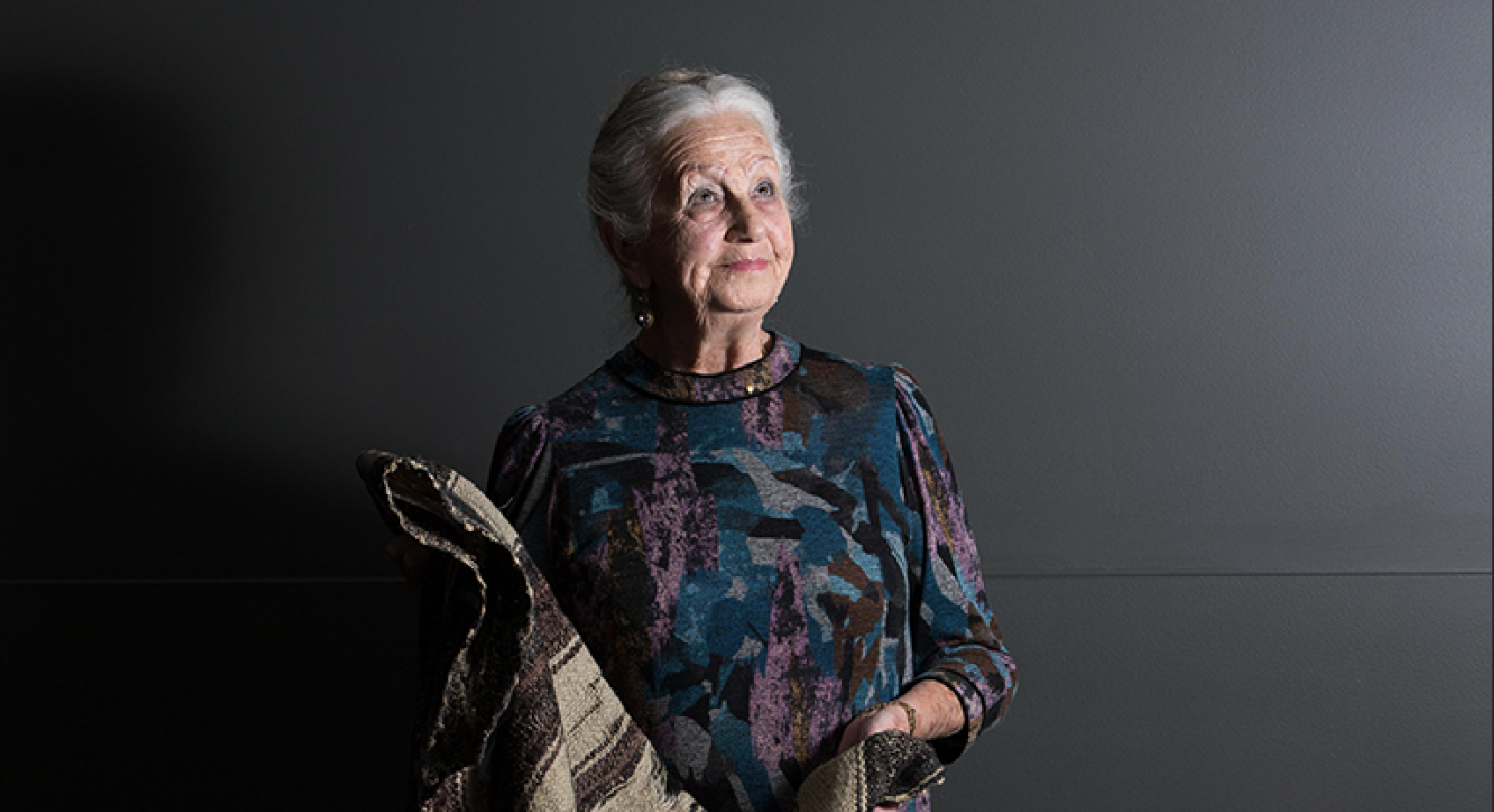
March 24, 2023
If you are in need of inspiration today, here are words from four Holocaust survivors: Olga Horak OAM, Eddie Jaku OAM, Jack Meister OAM and John Grushka, on resilience, perspective, happiness and humour.
From the hospital to the Underground: the story of Gusta Snyde

March 7, 2023
Gusta Snyde had dreams of becoming a surgeon, but anti-Jewish laws prevented her from studying medicine. Instead, she became a nurse for sick Jewish ghetto and concentration camp inmates. She would also join a women’s Underground resistance group, and after the war, care for 100 orphaned children.
Dressing for change: Jews, clothing and modernisation

February 27, 2023
During the nineteenth century, most of Europe’s Jewish population migrated from small villages to large cities. This would create a major cultural shift, with Jews taking on the “modern” culture of the era. Our Education Officer, Dr Jonathan Kaplan is a dress historian. In this article, he tracks the shift in the clothing Jewish families wore as they transitioned from village life to city life.
“Until we all belong”
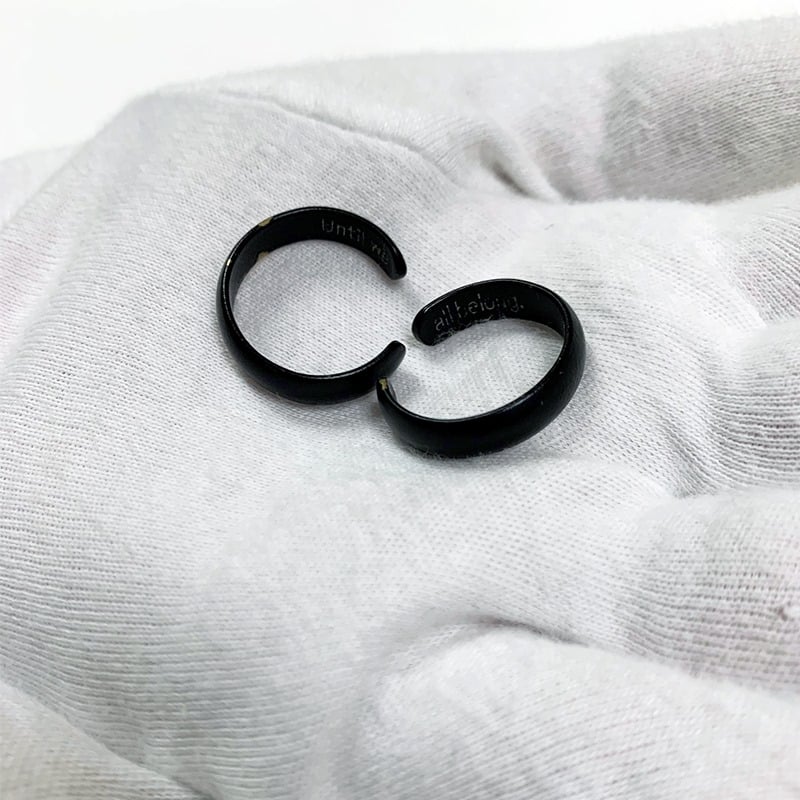
February 1, 2023
To mark World Pride coming to Sydney, our Head Curator Roslyn Sugarman shares the story behind these “acceptance” rings in our collection – owned by the first couple in Australia to have a same-sex Jewish religious wedding: Oscar Shub and Ilan Buchman.
History beyond the university classroom
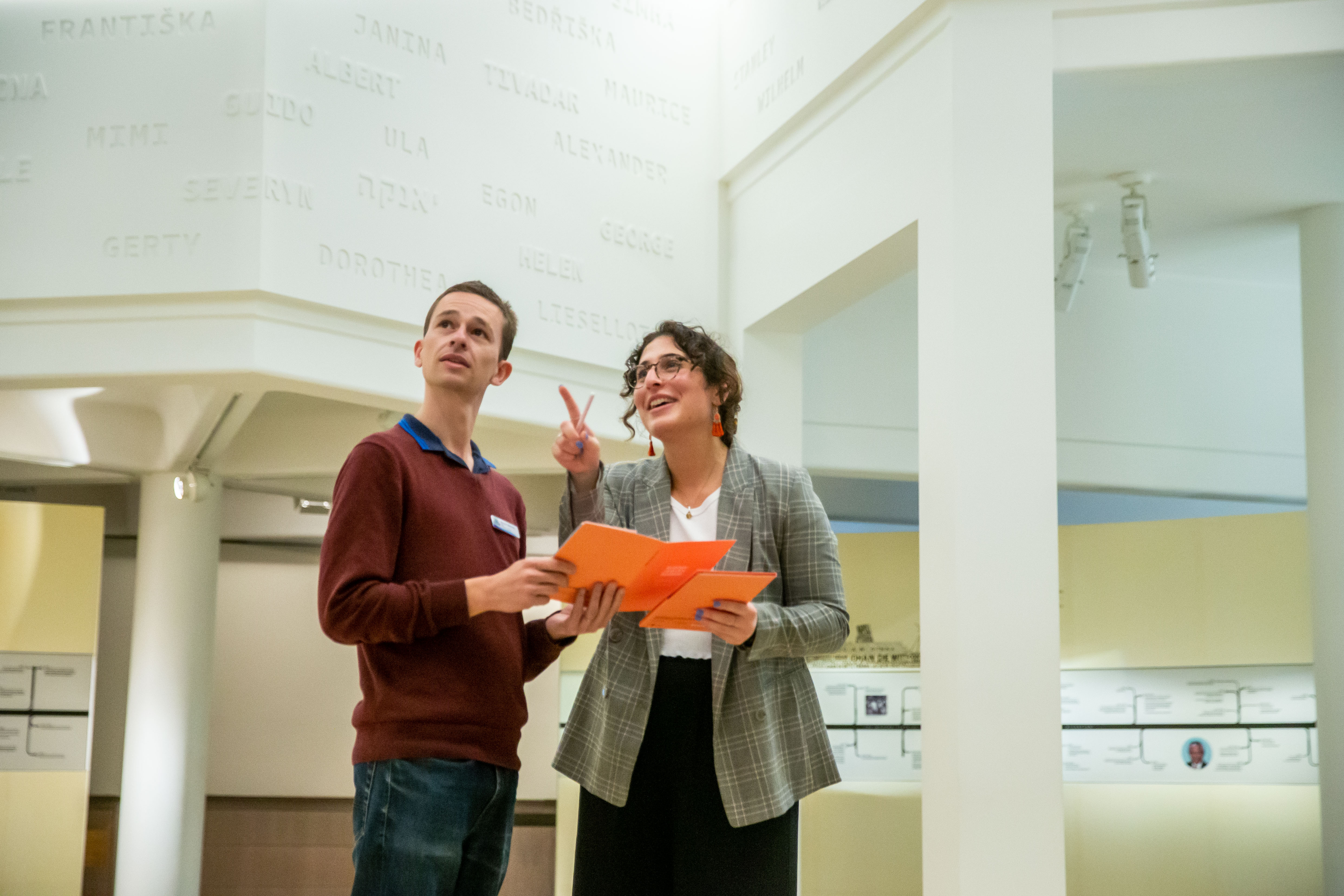
January 18, 2023
“These weren’t just museum objects to catalogue; they became living objects with tangible connections to the past. I suddenly felt the weight of what I was doing”. Go behind the scenes with our student volunteers, to uncover some of what they learnt during their time at the Museum.
Reminders of humanity: Jacqueline Dale’s birthday cards
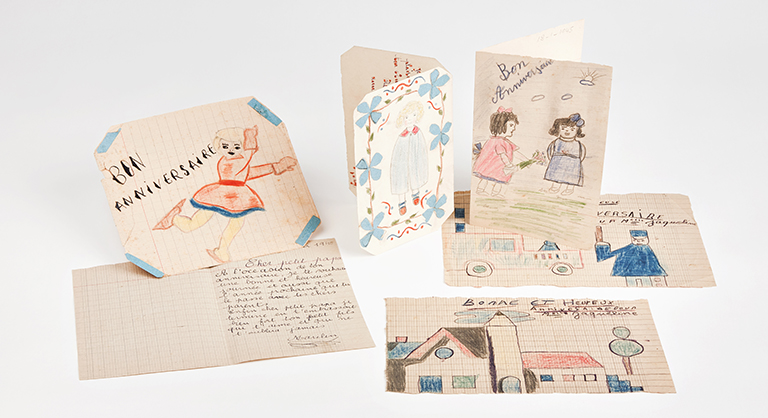
January 9, 2023
Reminders of humanity: Jacqueline Dale’s birthday cards Bordered by blue tape and creased by decades of history, the birthday cards given to Jacqueline Dale (nee Feldman) on the occasion of …
What might the future of museum storytelling look like?
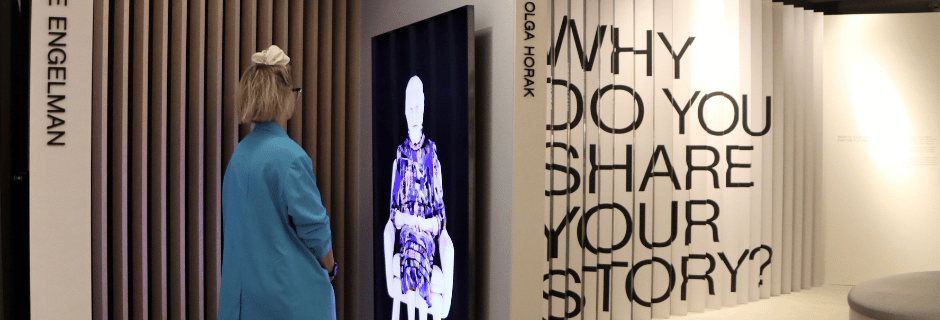
November 28, 2022
With visitors already able to have realistic conversations with the projections of Holocaust survivors, it really does seem like the future of museum storytelling is already here. What other innovations can we expect to embrace in the future? We asked some of our experts what the future of museum storytelling may hold.
Why hate speech is never “just a joke”
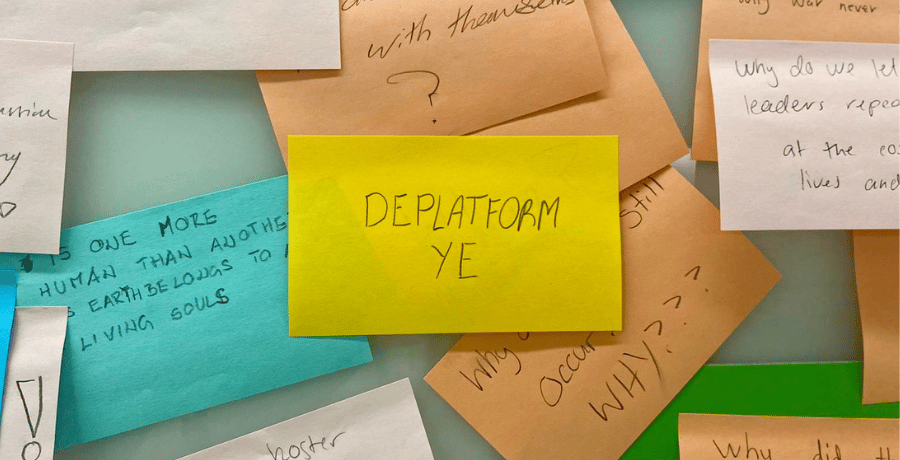
October 27, 2022
“With every quip that is brushed off, every joke that is let go, every slur that is ignored we do something very powerful – we give permission”. Our Manager of Student Learning and Research, Dr Breann Fallon, responds to the recent anti-Semitic comments by the rapper, Ye, in our latest article.
The unfinished baby books of Liesbeth Prins

September 19, 2022
Head Curator, Roslyn Sugarman tells the story of two unfinished diaries from the Museum’s collection. They are filled with photographs about Liesje – a little girl who was murdered in Auschwitz in 1943 – just two months shy of her sixth birthday. A poignant window into family life, these diaries reveal the depth of a mother’s love.
From Tehran to Sydney: A tapestry of Jewish life

September 10, 2022
Carpets are an ancient Jewish art form, created from thousands of knots, delicately tied by hand. Learn about the Jewish migrant family that almost single-handedly introduced the Australian public to these highly labour-intensive works of art.
Survivor Portraits – Dasia Black Gutman

August 5, 2022
In this image from our collection, Dasia holds a photo of her parents close to her heart. She was four years old and living as an Aryan child when her mother and father were deported to Zbaraz ghetto and later murdered.
NAIDOC Week: William Cooper’s legacy

July 1, 2022
NAIDOC Week: William Cooper’s Legacy The roots of NAIDOC Week can be traced back to the 1920s and 30s when First Nations rights groups took formation and staged boycotts and …
Shining a spotlight on our volunteers

May 18, 2022
Hundreds of volunteers from all walks of life and backgrounds have dedicated their time and hard work to support the Museum since our inception 30 years ago. Here’s a spotlight on some of the generous volunteers who work with us.
Survivor Portraits – Lucy Chladek

May 11, 2022
Lucy Chladek was born in 1937. Even after surviving the Holocaust, she and her family were still not safe.
The stories behind the pink triangle
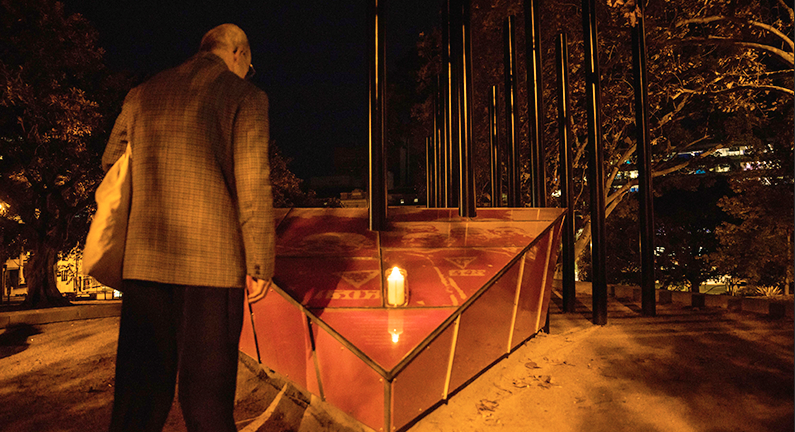
May 6, 2022
On International Day Against Homophobia, Transphobia and Biphobia we reflect on the untold testimonies from the persecuted LGBTIQ community during the Holocaust.
A three-month job that’s lasted nearly three decades

May 5, 2022
In 1994, a librarian named Tinny Lenthen took what she thought was a short-term job opportunity at the Museum’s newly opened library. 28 years later, Tinny still sits behind the library desk. She remains one of few constants in a space that has been totally transformed over three decades.
Uncovering an exhibition that was never seen
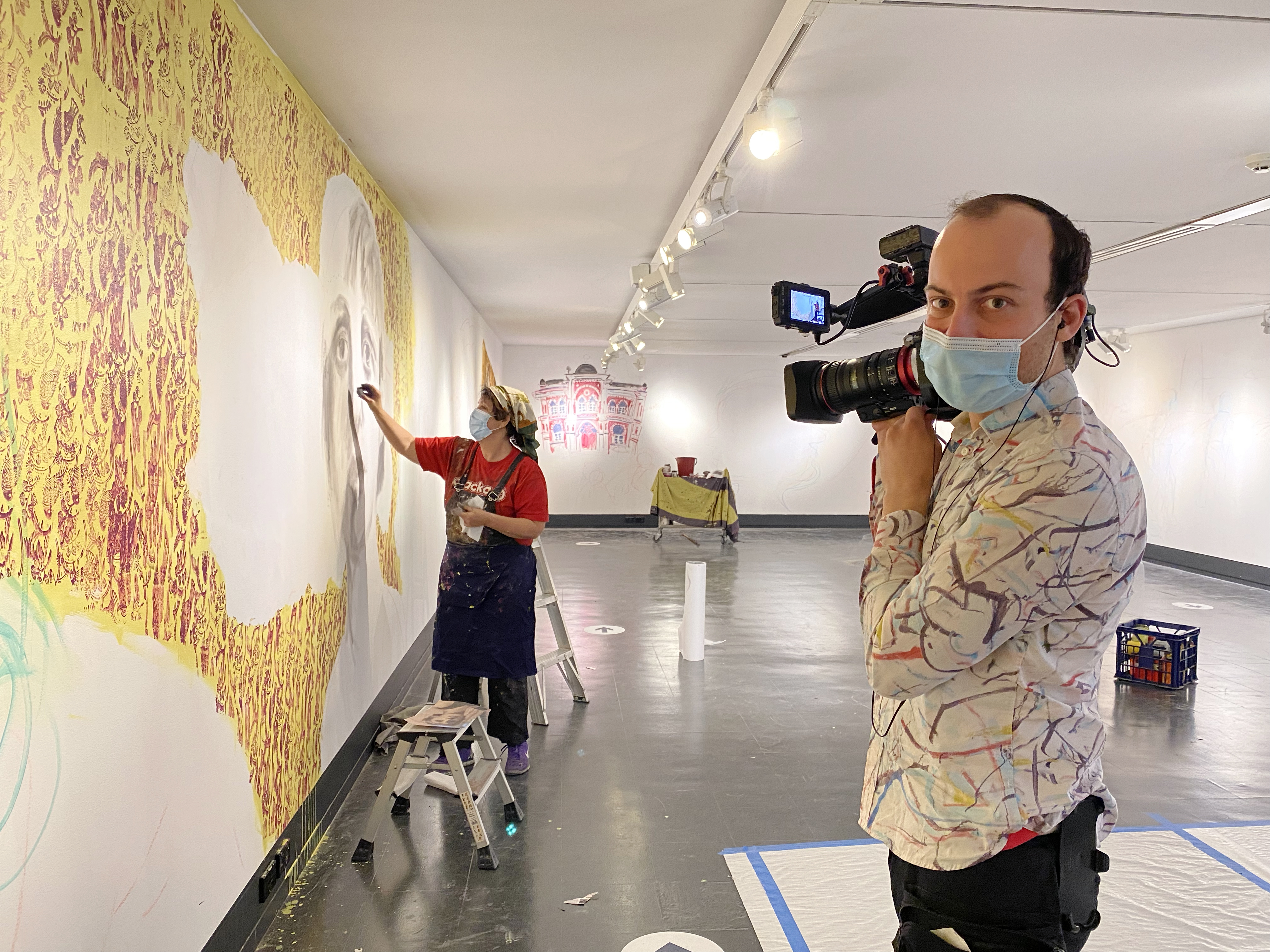
April 26, 2022
Last July, Wendy Sharpe took to the walls of the Museum to paint a large mural titled “Vu iz dos Gesele?” Sadly, due to Covid lockdowns, the mural would never be seen by Museum visitors, until now, with the release of a new documentary by Joshua and Karly Marks about the exhibition. Here’s what the filmmakers had to say.
“This year in Jerusalem”: the story of a Seder plate

March 24, 2022
This Seder plate from our collection was given to Samuel Steif in a Displaced Persons Camp in Germany in 1948. It depicts the emancipation of the Jewish people from slavery – a meaning that would have taken on a deeper significance right after the Holocaust. It is engraved not with the traditional saying “Next year in Jerusalem”, but rather, “This year in Jerusalem”.
Telling the Holocaust through poems
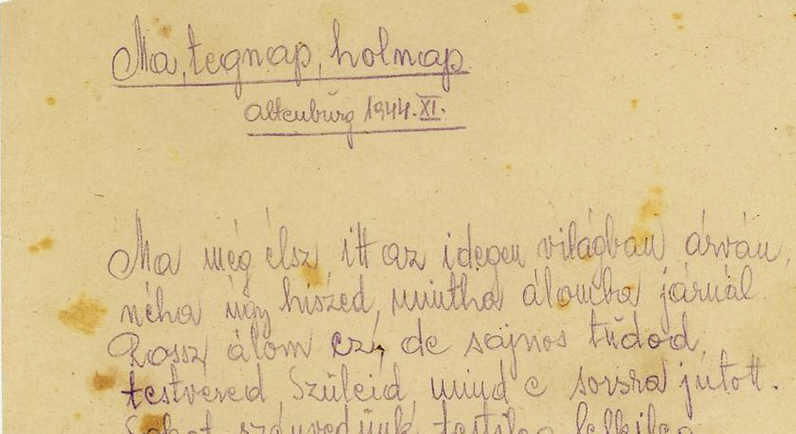
March 17, 2022
For many Holocaust victims and survivors, poetry was used to convey experience in ways that traditional language simply could not. Holocaust poems have emerged as an important medium to express emotions of suffering, despair and even hope.
Gandel Survey finds a quarter of Australians don’t know about the Holocaust

February 10, 2022
A recent Australia-wide survey by the Gandel Foundation found that a quarter of Australians don’t know about the Holocaust. Our Head of Education, Dr Rebecca Kummerfeld provides some important insights.
On Mice and Men: The banning of Art Spigelman’s “Maus”

February 9, 2022
The recent banning of Art Spigelman’s “Maus” books by a US school board prompts Sydney Jewish Museum Educator, Dr Breann Fallon, to ask: what is more dangerous, a book itself or the action of banning it?
In love and Auschwitz

February 1, 2022
Bully and Gerda became engaged after meeting in the Berlin Jewish Youth movement in 1937, but the burgeoning romance was almost cut short when Bully was deported to Sachsenhausen concentration camp in 1939.
Uncovering a family’s last letters
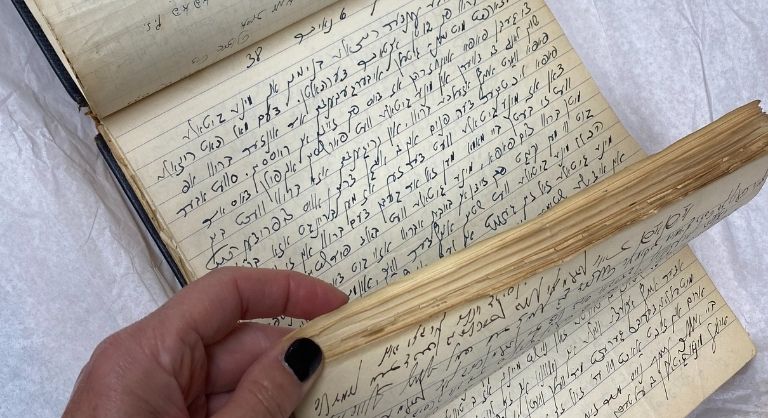
December 3, 2021
This new donation to our collection will keep our curators and a Yiddish translator busy for at least three years.
Survivor Portraits – Peter Gyenes

October 21, 2021
Peter Gyenes was born in 1941 in Budapest, Hungary. His story highlights the power of kindness and compassion.
Regina Zielinski: Escape from Sobibor
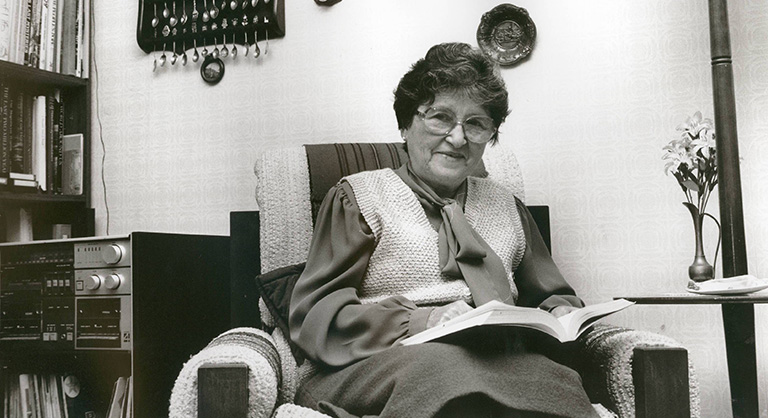
October 8, 2021
Regina Zielinski: Escape from Sobibor By Roslyn Sugarman, Head Curator Every year on 14 October we remember Regina Zielinski, Australia’s only Sobibor death camp survivor. Regina (Riva) was born on …
Holocaust ‘fashion’

October 1, 2021
Holocaust ‘fashion’ By Dr Jonathan Kaplan, 2021 Museum Research Fellow Despite the horrific conditions of the Nazi camps, prisoners tried to maintain control over their own bodies in whatever ways …
Survivor Portraits – Alice Loeb

September 30, 2021
Alice Loeb was born in 1943 in Zurich, Switzerland. She was born stateless, as her parents escaped from Austria in 1938 after the Nazis invaded.
“An eye for an eye”
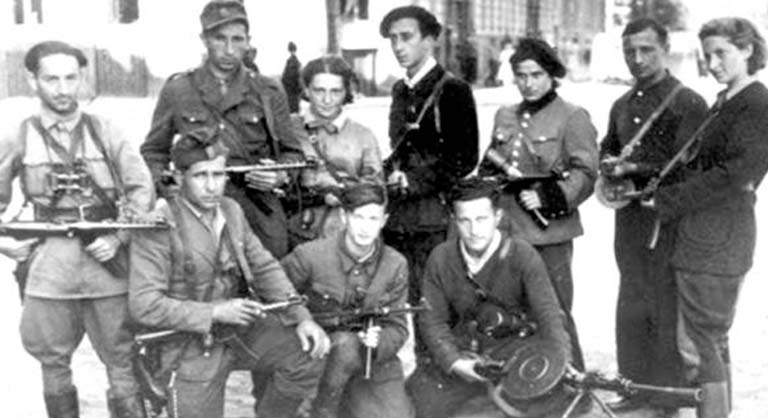
September 24, 2021
“An eye for an eye” By Emeritus Professor Konrad Kwiet, Resident Historian “Jewish Youth!… Do not be led astray. Of the 80,000 Jews in the ‘Jerusalem of Lithuania’ (Vilna) only …
Lucky the cat

September 13, 2021
Beate Beer escaped Nazi Germany to England on the Kindertransport. Separated from her parents, she had to adjust to a new life with her foster family.
Kamianets-Podilskyi and the 1941 massacres
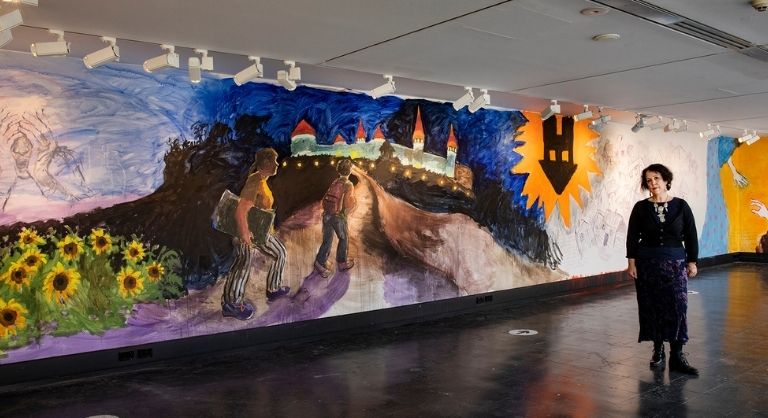
September 13, 2021
Wendy Sharpe’s mural features the historic city of Kamianets-Podilskyi, but its iconic fortress holds a dark history. The massacres perpetrated by the Germans and their collaborators on the site exactly 80 years ago destroyed the thriving Jewish world of Kamianets-Podilskyi, and with it dos gesele, the little street.

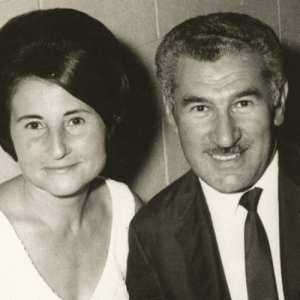




What’s On Newsletter
Keep up to date on all Museum events and exhibitions.